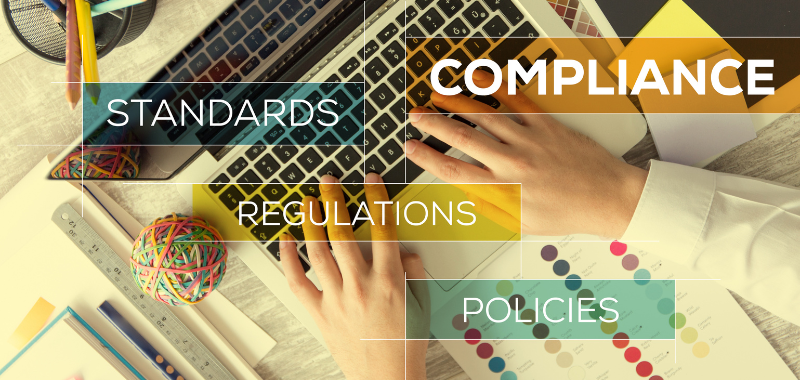SMSF Audit and Assurance Practice
As Self-Managed Super Funds (SMSFs) continue to grow in Australia, robust audit and assurance practices have become increasingly important. SMSF trustees are tasked with ensuring compliance with strict regulations, while auditors play a crucial role in preserving the integrity of these funds. In this blog, we’ll highlight key regulatory updates and share best practices for conducting high-quality SMSF audits.
The Significance of SMSF Audits
Annual audits for SMSFs are a mandatory requirement under Australian law, serving two key functions:
- Financial Audit: Ensures the SMSF’s financial statements accurately represent its financial standing.
- Compliance Audit: Confirms that the fund complies with the Superannuation Industry (Supervision) Act 1993 (SIS Act) and other regulatory obligations.
These audits provide assurance to both trustees and the Australian Taxation Office (ATO), verifying that the SMSF is operating lawfully and maintaining compliance with regulatory standards.
Recent Regulatory Updates Impacting SMSF Audits
Significant regulatory modifications have transformed the landscape of SMSF audits. As of 1 July, 2024, the new SMSF Independent Auditor’s Report (IAR) has been implemented. This change coincides with the replacement of ASQC 1 by Auditing Standard ASQM 1, which advances quality management protocols for audits. In accordance with ASQM 1, all audits finalized after this date must employ the updated IAR format, thereby aligning with international standards to enhance audit quality.
The Australian Taxation Office (ATO) has heightened its compliance initiatives, with a particular emphasis on auditor independence. Notable areas of concern encompass violations related to in-house audits and reciprocal arrangements among auditors, which may jeopardize objectivity. This action underscores the ATO’s dedication to maintaining the standards outlined in the APES 110 Code of Ethics for Professional Accountants, which establishes explicit criteria for independence.
ATO Referrals and Compliance Actions:
In the 2023-2024 financial year, the Australian Taxation Office (ATO) referred 45 SMSF auditors to the Australian Securities and Investments Commission (ASIC), marking a slight increase from the 41 referrals recorded in the preceding year. The prevalent reasons for these referrals included:
- Inadequate audit evidence pertaining to critical assessments (e.g., asset valuations, trustee declarations).
- Failure to maintain sufficient Professional Indemnity Insurance (PII).
- Non-compliance with Continuing Professional Development (CPD) obligations.
Additionally, 51 auditors voluntarily de-registered in response to compliance interventions by the ATO, underscoring the necessity for auditors to uphold rigorous practices to mitigate the risk of regulatory actions.
Common Issues Identified During SMSF Audits
SMSF audits often uncover non-compliance issues, some of the most common being:
- Poor Record-Keeping: Trustees must maintain comprehensive financial and investment records. Failure to do so can lead to breaches during the audit process.
- Investment Strategy Non-Compliance: Trustees are required to have a written investment strategy that meets ATO guidelines on risk, return, and liquidity. Many audits reveal gaps in this area.
- Loans to Members or Relatives: The SIS Act strictly prohibits lending to members or relatives. Non-compliance with this rule is frequently identified during audits.
Trustees should proactively review their fund’s operations to address these issues before the audit process begins to avoid penalties.
Best Practices for SMSF Auditors
SMSF auditors can improve audit quality and ensure compliance by adopting the following best practices:
- Thorough Knowledge of SMSF Regulations: Auditors must stay well-informed about evolving SMSF-specific laws to provide accurate, compliant audit outcomes.
- Clear Communication with Trustees: Open and consistent communication ensures that trustees understand audit findings and can take corrective action as needed.
- Leveraging Technology: Digital tools and data analytics streamline the audit process, increasing accuracy and efficiency while providing deeper insights into fund operations.
These best practices help auditors meet regulatory standards and deliver high-quality, comprehensive audit services.
Emerging Trends in SMSF Audits
Looking ahead, several trends are shaping the future of SMSF audits:
- Increased Use of Technology: Automation, AI, and blockchain are revolutionizing audit accuracy and efficiency, allowing auditors to focus on higher-level insights.
- Tightened Compliance Requirements: The ATO may continue introducing reforms to strengthen audit quality, ensuring SMSFs remain compliant with evolving regulations.
- Enhanced Focus on Risk Management: As SMSFs become more complex, both auditors and trustees must pay greater attention to identifying and managing risks.
Staying informed about these trends will be critical for both trustees and auditors as they navigate a constantly evolving regulatory environment.
The audit and assurance practices for SMSFs are essential to maintaining compliance and protecting the financial health of the fund. Trustees and auditors must proactively adhere to current regulations and address any identified issues to ensure the smooth operation of SMSFs. By staying updated on the latest developments and following best practices, auditors can continue providing high-quality services while safeguarding the integrity of the SMSF sector.
Credits:

Sundaram Shanmugam
Smart SMSF Team




